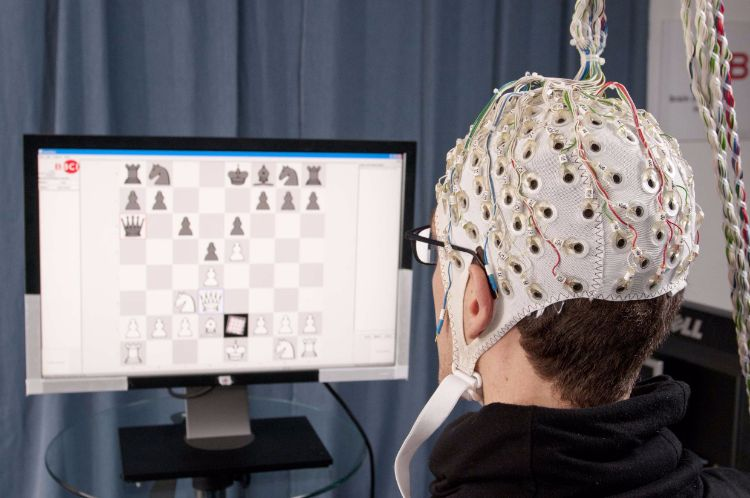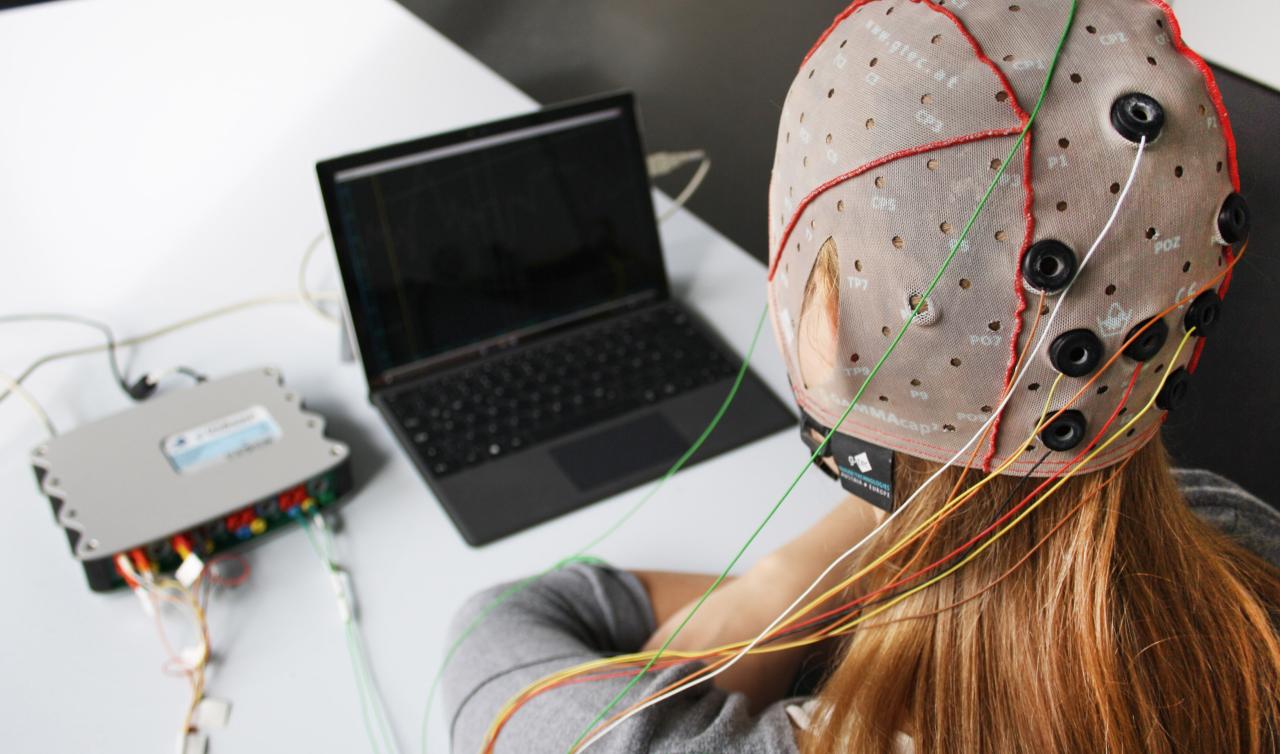The final frontier of human-computer interaction is not a better mouse, a more intuitive touchscreen, or an advanced voice assistant. It is a direct link between our thoughts and the digital world. What was once the stuff of science fiction is rapidly becoming a tangible reality with the rise of Brain-Computer Interfaces (BCIs). These revolutionary devices are poised to fundamentally transform our relationship with technology, offering a new way to communicate, interact, and even augment our cognitive abilities. This comprehensive article delves into the profound breakthrough of BCIs going mainstream, exploring the foundational technologies that make this possible, the diverse applications that are already beginning to emerge, and the immense ethical and societal challenges that lie ahead as we open the door to a world of mind-controlled technology.
For centuries, our primary means of interacting with the world have been through our physical bodies. We use our hands to type, our voices to speak commands, and our eyes to see. BCIs bypass this physical layer entirely, establishing a direct communication pathway between a brain and an external device. The concept itself dates back to the 1970s, but the technology was initially slow to develop, expensive, and often invasive. It was primarily used in a clinical setting to help people with severe motor impairments communicate or control prosthetic limbs. However, a new generation of non-invasive and consumer-friendly BCIs is changing the game. These devices, from high-tech headsets to simple wearable bands, are making the technology accessible to a much wider audience, moving it out of the laboratory and into the mainstream.
The mainstreaming of BCIs is not a single event but a confluence of rapid advancements in several fields. Neuroscientists are gaining a deeper understanding of how the brain works, engineers are creating more sensitive and powerful sensors, and artificial intelligence (AI) is providing the sophisticated algorithms needed to translate complex brain signals into actionable commands. This convergence is creating a powerful new platform for innovation, with companies like Neuralink, BrainCo, and others leading the charge. The implications are staggering. We are on the verge of a world where we can control a computer with our thoughts, play video games with our minds, and even enhance our focus and memory through direct neurofeedback. The BCI revolution is here, and it promises to be the most disruptive and transformative technological shift of the 21st century.
The Core Technologies

The magic of BCIs is not magic at all; it is a complex and fascinating blend of neuroscience, engineering, and data science. The technology can be broadly divided into two categories: invasive and non-invasive.
A. Non-Invasive BCIs
Non-invasive BCIs are the driving force behind the technology’s mainstream adoption. These devices, such as headsets or caps, are worn on the scalp and do not require surgery. They primarily rely on Electroencephalography (EEG), a technique that measures the electrical activity of the brain through electrodes placed on the head. While the signal is not as precise as with invasive methods, advancements in sensor technology and AI have made it powerful enough for a variety of consumer applications. These devices can detect a user’s attentional state, emotional response, and even simple commands, making them ideal for everything from meditation apps to video game control.
B. Invasive BCIs
For the most precise and powerful applications, invasive BCIs are still the gold standard. These devices require a surgical procedure to place electrodes directly into or onto the surface of the brain. The most well-known of these is the Utah Array, a small chip with dozens of tiny electrodes that is implanted directly into the motor cortex. This technology is incredibly powerful and has been used to restore a sense of touch to amputees and allow quadriplegic patients to control robotic arms with their minds. While invasive BCIs are currently limited to medical and research settings, companies like Neuralink are working to make the surgery safer and the devices more powerful, with the long-term goal of widespread use.
C. The Role of Artificial Intelligence and Machine Learning
The brain’s electrical signals are incredibly complex and noisy. Without a sophisticated interpretation system, the data is just a jumble of electrical noise. This is where artificial intelligence (AI) and machine learning play a crucial role. AI algorithms are trained on vast datasets of brain signals to identify patterns and correlate them with specific thoughts, commands, or emotional states. This allows the BCI to translate a user’s intention—for example, “move the cursor to the left”—into a digital command in real-time. The more data an AI model has, the more accurate and responsive the BCI becomes, making it a truly powerful and personalized tool.
D. The Brain’s Plasticity
The human brain is a remarkably adaptable organ, a property known as neuroplasticity. When a person uses a BCI, their brain learns to generate specific electrical patterns that correspond to the desired command. In a sense, the user is learning a new way to “think” in order to operate the technology. This is particularly evident in medical applications where patients learn to control a prosthetic limb or a robotic arm with their thoughts, a process that can take a significant amount of training and practice. This adaptability is key to the long-term success and usability of BCI technology.
Diverse Applications of Mainstream BCIs

As BCIs become more accessible and powerful, their applications are expanding far beyond the medical field and into our daily lives.
A. Gaming and Entertainment
One of the most obvious and exciting applications of mainstream BCIs is in gaming and entertainment. Imagine playing a video game where your character’s actions are controlled by your thoughts, or a horror game that can measure your fear response and adjust the gameplay accordingly. BCIs can also be used to create more immersive virtual reality (VR) experiences, where the virtual world responds not just to your physical movements but to your emotional state and level of focus. This is a game-changer for the entertainment industry, promising a new level of user engagement.
B. Cognitive Enhancement and Mental Wellness
BCIs are emerging as powerful tools for cognitive enhancement and mental wellness. Devices can measure brainwave patterns associated with focus, meditation, and relaxation, providing real-time feedback to help users train their minds. For example, a BCI could alert a user when their focus is wandering and guide them back to the task at hand. In the medical field, this same technology is being explored for the treatment of conditions like ADHD and anxiety. The BCI is no longer just a controller; it is a tool for self-improvement and mental well-being.
C. Seamless Human-Computer Interaction
The ultimate goal of BCIs is to create a truly seamless and intuitive form of human-computer interaction. Imagine a world where you don’t need to type an email, but simply think it. A world where you can control your smart home devices, from the lights to the thermostat, with a simple mental command. While these applications are still in the future, the technology is laying the groundwork. BCIs promise to be the final step in the evolution of interfaces, moving from physical gestures and voice commands to the power of pure thought.
D. Communication for the Impaired and the Disabled
While mainstream adoption is exciting, the most profound impact of BCIs remains in the medical field. For people with locked-in syndrome, ALS, or other severe motor impairments, BCIs offer a new way to communicate and interact with the world. A patient who cannot speak can now type out a message, control a wheelchair, or operate a computer cursor with their thoughts alone. This is not just a technological advancement; it is a life-changing restoration of autonomy and dignity.
The Ethical and Societal Challenges of the BCI Revolution
The mainstreaming of BCIs brings with it a host of ethical and societal questions that we must address before the technology becomes ubiquitous.
A. Privacy and Data Security
A BCI collects data directly from your brain. This data is incredibly personal and reveals your thoughts, emotions, and cognitive states. The issue of privacy and data security is paramount. Who owns this data? How will it be protected from hackers and misuse? Could this data be sold to advertisers or used by employers to measure an employee’s productivity? The protection of our neural data will be a critical issue in the coming years.
B. The Digital Divide and Accessibility
The cost of advanced BCI technology could create a new kind of digital divide. Will these powerful cognitive enhancement tools be available only to the wealthy? A society where a small, affluent portion of the population has access to technology that can improve their memory, focus, and creativity, while the rest do not, could lead to a new form of social and economic inequality. Ensuring equitable access to this technology is a major ethical consideration.
C. The Blurring of Human and Machine
As BCIs become more integrated, the line between human and machine will begin to blur. Questions about personal identity, autonomy, and the very nature of what it means to be human will arise. Could a BCI alter our thoughts or emotions without our consent? What happens when a person’s identity is so intertwined with a digital interface that they cannot function without it? These are not hypothetical questions; they are the challenges of a future where man and machine are inextricably linked.
D. Mind Reading and Social Control
The idea of a BCI that can “read your mind” is a powerful and terrifying concept. While current non-invasive BCIs are far from this level of precision, the long-term goal of the technology is to gain a deeper understanding of our thoughts. This raises the potential for a dystopian future where thoughts are not private and can be monitored or even controlled. Establishing clear ethical guidelines and legal protections against the misuse of this technology is an urgent task.
Conclusion
In conclusion, the mainstreaming of Brain-Computer Interfaces marks a new and thrilling chapter in the history of human technology. What was once the exclusive domain of medical science and research is now becoming a powerful and accessible tool for a wide range of consumer applications. By creating a direct link between our brains and the digital world, BCIs promise to redefine how we interact with technology, from playing video games and enhancing our cognitive abilities to providing a new voice for those who have lost their own.
The technological foundation of this revolution is built on the synergy of non-invasive EEG sensors, powerful AI algorithms, and our brain’s own remarkable plasticity. This combination is making it possible to translate complex brain signals into simple, actionable commands, bringing us closer to a future where we can control our digital lives with a simple thought. The applications are boundless and exciting, from creating a new level of immersion in gaming to providing powerful tools for mental wellness and a new form of communication for the disabled.
However, as we embrace this new technology, we must do so with a clear understanding of the immense ethical and societal challenges that lie ahead. The issues of privacy, data security, and the potential for a new digital divide are paramount and require thoughtful discussion and clear regulation. We must ensure that this powerful technology is used to empower humanity, not to control or exploit it. The mainstreaming of BCIs is not just a technological shift; it is a profound societal moment. It is a moment where the most intimate part of ourselves—our thoughts—is brought into the digital world. The future is a journey that will be shaped not by our hands, but by our minds, and the most exciting part of this journey is that it has only just begun.





